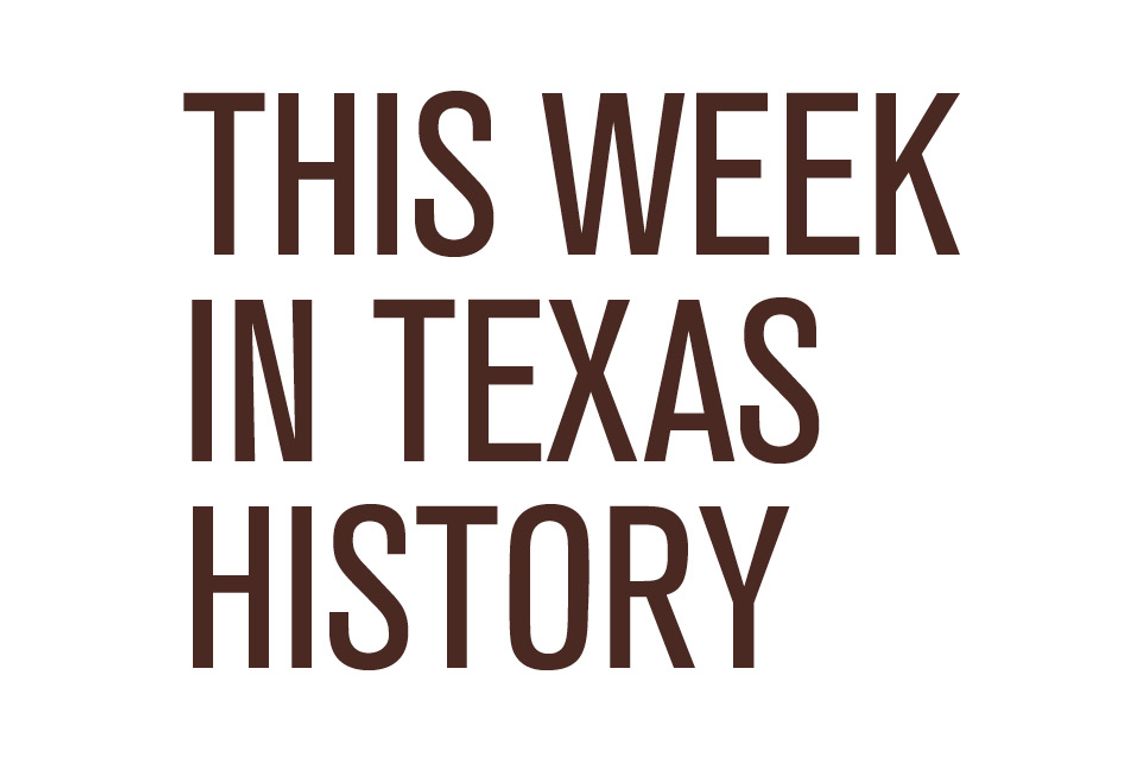On the afternoon of Feb. 11, 1922, a fire on the Baylor campus filled the clear skies over Waco with thick black smoke drawing students and townspeople to the site of the conflagration.
Chartered in 1845 by the Republic of Texas, Baylor University celebrated its diamond anniversary and thirty-fifth year in Waco as the Twenties began to roar. But the decade that started with so much hope for the post-World War I future would be remembered for three different tragedies.
The blaze broke out in the roof of the Carroll Chapel and Library and spread with alarming speed through the auditorium on the second level, where religious services and a wide range of secular programs were held.
The first to arrive on the fiery scene could see at a glance that the structure was doomed. In a frantic attempt to save the contents of the library on the ground floor, hundreds of volunteers, most of them students, raced into the burning building.
A group of English majors succeeded in removing the bulk of the treasured Browning collection along with the famous “Clasped Hands of the Poets” bronze. Not to be outdone, law students emerged with every tome in the law school library.
With the fully enveloped building in danger of complete collapse, President Samuel Palmer Brooks ordered an end to the rescue mission. But by then, fearless students and a few daring alums had kept roughly half of the library books from being reduced to ashes.
With insurance pay-outs and hefty contributions from deep-pocket donors, Baylor rebuilt Carroll Library, minus the dome and auditorium, in a record 22 months. On the eve of the ribbon-cutting in December 1923, trustees saluted the young heroes:
“Your unselfish devotion to Baylor in the hour of her greatest calamity is such a demonstration of your loyalty as to palliate [make less severe] in a large degree the effect of the awful blow that has fallen upon us.”
The second tragedy of the turbulent Twenties occurred at halftime during the Baylor-Texas A&M football game in October 1926. A makeshift “float” (a flatbed truck pulling a trailer) with six Baylor coeds holding up signs with scores of memorable Bear victories passed in front of the visitors’ cheering section. Angry cadets managed to keep their cool except for three hotheads, who tried to stop the float knocking one of the Baylor women off the back of the truck.
“Then almost the entire Baylor student body and most of the Aggie contingent stormed simultaneously onto the field and all Hades broke loose,” a freshman Bear recalled in a 1985 interview. Speaking to a San Antonio newspaper three days after the incident, another Baylor undergraduate said, “Precisely what happened next I could not tell, nor could anyone else, for in a moment there was a swarming crowd of hundreds in the melee.”
The free-for-all lasted for several chaotic minutes and abated only after the Aggie band began playing “The Star Spangled Banner.” The cadets snapped to attention, and the fighting quickly ceased.
The game resumed without further mayhem with Baylor coming out on top 20-9, while the injured were treated at clinics and hospitals around Waco. One of the handful kept overnight was a senior Aggie cadet from Dallas knocked unconscious by a blow to the base of the skull. To the doctors’ shock, he died the next day of a blood clot.
When a joint statement from the respective schools failed to calm both sides down, the presidents cut all ties between the two colleges. Baylor and A&M did not compete in any sport for the next four years and did not play each other in football until 1931.
Tragedy struck for the third and final time a mere three months after the gridiron riot. Ralph Wolf, first-year basketball coach, was taking his team by bus to a game at the University of Texas in Austin on Jan. 22, 1927.
It was raining cats and dogs in Waco at the start of the 100-mile trip, and the weather worsened as the bus slowly snaked its way south. Visibility was poor, when the driver approached the railroad tracks in the small town of Round Rock.
Too late he saw the “Sunshine Special” hurtling toward the hazardous crossing. In desperation he jerked the steering wheel to the left in a vain attempt to squeeze the bus between the tracks and the depot. But the wheels of the bus lost traction on the slick road, and he only changed the angle of the horrendous impact.
The passenger train ripped through the rear and right side of the bus killing six players, the team manager, the scorekeeper, a male cheerleader and the sports editor of the Lariat, who had been hitchhiking to Austin when the driver picked him up.
The fatalities became “The Immortal Ten,” a title of reverent respect coined the day after the disaster by a local newspaper reporter. Baylor keeps their memory alive with 10 empty chairs at freshman orientation and a candlelight ceremony at homecoming.
Students took the initiate to add a permanent memorial. In 2007 a powerful life-size sculpture of “The Immortal Ten” was unveiled and solemnly dedicated on campus.
Bartee’s four books “Texas Depression-Era Desperadoes,” “Murder Most Texan,” “Texas Boomtowns: A History of Blood and Oil” and “Unforgettable Texans” available at barteehaile.com or by mail at P.O. Box 130011, Spring, TX 77393.











